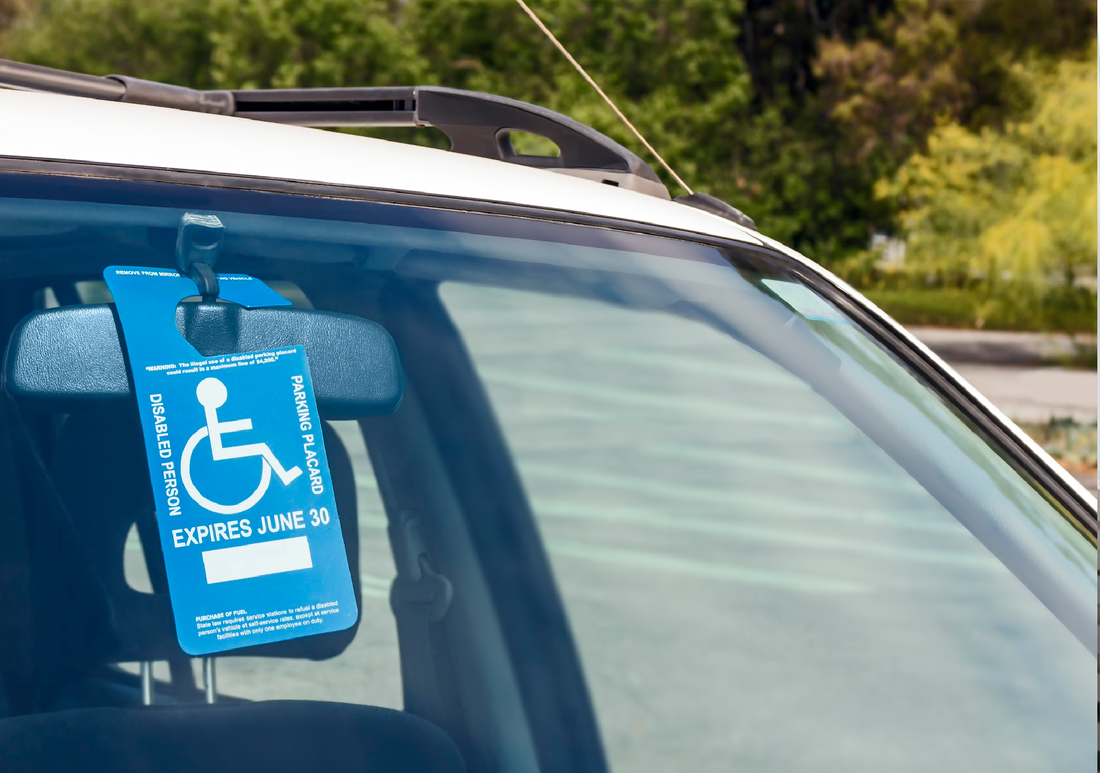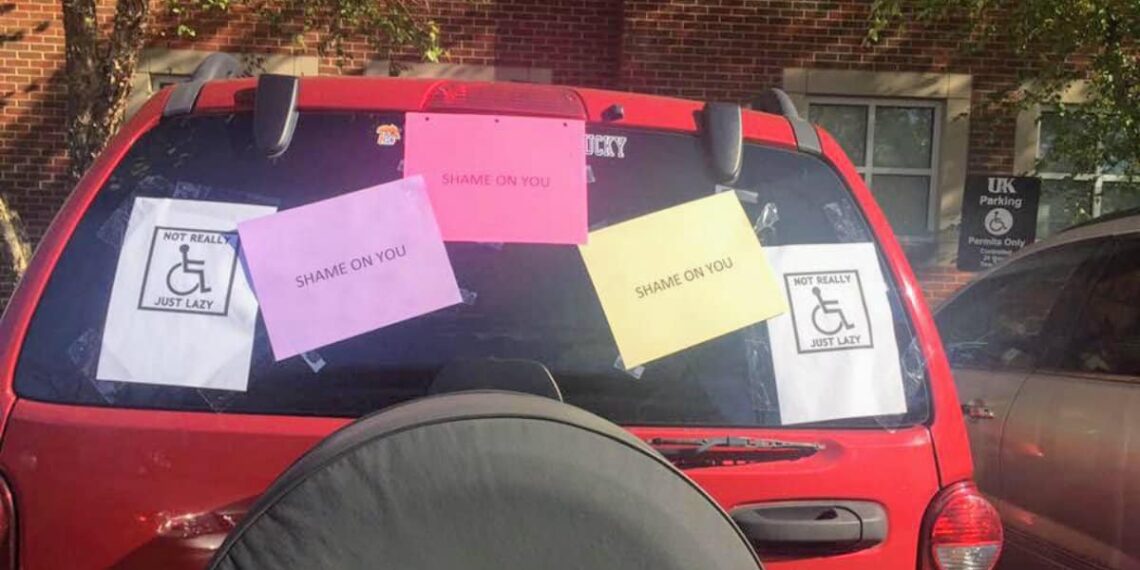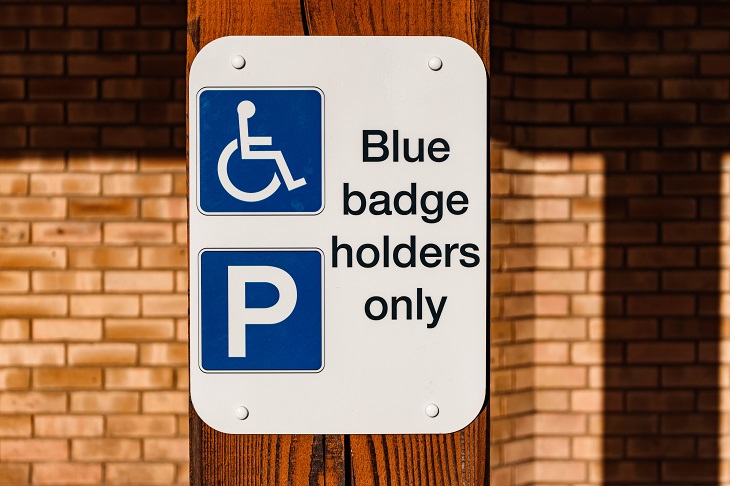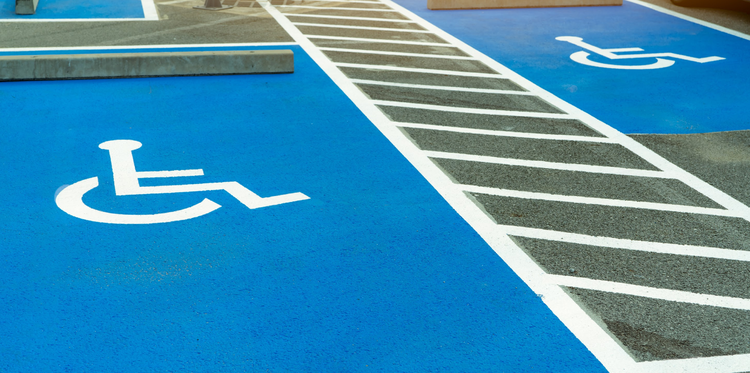Navigating California’s Handicap Parking Rules: A Comprehensive Guide for Drivers

Navigating the complexities of handicap parking can be challenging, especially in a state as diverse as California. This comprehensive guide aims to provide you with a clear understanding of the state’s regulations, ensuring you park legally and respectfully.
Understanding the Basics
Related Articles: Navigating California’s Handicap Parking Rules: A Comprehensive Guide for Drivers
- Unlocking Convenience In The Heart Of Alabama: Your Guide To The Best Parking Apps
- Navigating The Concrete Jungle: A Guide To California Stadium Parking
- Urban Vs. Rural Parking In AlaskaTitle
- Your Guide To Parking At Fort Smith Regional Airport (FSM): A Stress-Free Journey Begins Here
- Navigating The Parking Maze In Alaska: A Comprehensive Guide To Data And Resources
In California, handicap parking is reserved for individuals with disabilities who have difficulty walking, standing, or using public transportation. The state requires a valid handicap placard or license plate to park in designated spaces.
Who Qualifies for a Handicap Placard or License Plate?
To be eligible for a handicap placard or license plate, you must meet the following criteria:
- Have a permanent or temporary disability that significantly limits your ability to walk. This includes conditions like arthritis, multiple sclerosis, cerebral palsy, or amputation.
- Be unable to walk 200 feet without stopping to rest.
- Have a medical condition that makes it difficult for you to use public transportation.

How to Obtain a Handicap Placard or License Plate
The application process for a handicap placard or license plate is relatively straightforward. You can apply online, by mail, or in person at a Department of Motor Vehicles (DMV) office.
Here are the essential steps:
- Download the application form: You can find the application form online at the California DMV website or by contacting the DMV directly.
- Complete the application: Fill out the form accurately and provide all required information, including your name, address, date of birth, and disability information.
- Submit the application: You can submit the application online, by mail, or in person at a DMV office.
- Provide supporting documentation: You must provide supporting documentation from a licensed physician or other qualified medical professional. This documentation should clearly state your disability and the need for a handicap placard or license plate.
- Receive your placard or license plate: Once your application is approved, you will receive your placard or license plate in the mail.


Important Considerations:
- Placards are temporary: Placards are typically valid for 4 years. You will need to reapply for a new placard before the current one expires.
- License plates are permanent: License plates are permanent unless you choose to surrender them or they become damaged.
- Transferability: You can transfer your placard to another vehicle, but you must notify the DMV of the change.
- Placard misuse: Misusing a handicap placard or license plate is illegal and can result in fines and penalties.
Parking Regulations in California
- Designated parking spaces: Handicap parking spaces are clearly marked with blue paint, international symbols of accessibility, and the words "Handicap Parking."
- Accessible parking areas: These areas are designed to be accessible to individuals with disabilities, with features like ramps, curb cuts, and accessible restrooms.
- Time limits: There may be time limits for parking in handicap spaces, depending on the location.
- Parking in front of a fire hydrant: It is illegal to park in front of a fire hydrant, even in a handicap parking space.
Consequences of Violating Handicap Parking Regulations
Violating handicap parking regulations in California can result in:
- Fines: Fines for parking in a handicap space without a valid placard or license plate can range from $250 to $1,000, depending on the location and the severity of the offense.
- Boot or tow: Your vehicle may be booted or towed if it is parked illegally in a handicap space.
- Points on your driving record: You may receive points on your driving record for violating handicap parking regulations.
How to Report Handicap Parking Violations
If you witness someone parking illegally in a handicap space, you can report the violation to the local police department or to the California Department of Motor Vehicles (DMV).
Here are some tips for reporting a violation:
- Gather information: Note the vehicle’s license plate number, make, and model.
- Take pictures: Take pictures of the vehicle parked in the handicap space and of the placard or license plate.
- Contact the authorities: Report the violation to the local police department or the DMV.
Example of Handicap Parking Areas in California
Google Maps Link for Handicap Parking Areas in California: [Insert Google Maps link here]
This link provides an example of a Google Maps search for handicap parking areas in California. You can use this link to find handicap parking spaces near your location.
Frequently Asked Questions
Q: Can I park in a handicap space if I have a temporary disability?
A: Yes, you can park in a handicap space if you have a temporary disability, but you must have a valid temporary handicap placard.
Q: Can I use my handicap placard or license plate to park in a regular parking space?
A: No, you can only use your handicap placard or license plate to park in designated handicap spaces.
Q: Can I park in a handicap space if I am dropping someone off?
A: No, you cannot park in a handicap space for drop-off purposes. You must park in a regular parking space and walk to the drop-off location.
Q: What happens if I lose my handicap placard?
A: If you lose your handicap placard, you can apply for a replacement placard from the California DMV.
Q: Can I use my handicap placard or license plate in other states?
A: Yes, your handicap placard or license plate is valid in all states.
Conclusion
Understanding and respecting California’s handicap parking rules is crucial for ensuring accessibility and fairness for all. By familiarizing yourself with the regulations and procedures outlined in this guide, you can contribute to a more inclusive and accessible environment for individuals with disabilities.

Closure
Thus, we hope this article has provided valuable insights into Navigating California’s Handicap Parking Rules: A Comprehensive Guide for Drivers. We thank you for taking the time to read this article. See you in our next article!


